Avoiding Fabric Damage in Luxury Bed Linens
Sleep softer, longer. Explore practical, proven ways to prevent snags, pilling, thinning, and fading in your finest sheets so every night feels like a fresh check‑in at a five‑star retreat.
Tiny rough spots—dry skin, stubble, and even textured pajamas—can raise pills on sateen and jersey. Over time, repeated rubbing weakens yarns, especially on high-contact zones like the torso and foot area. Exfoliate gently, rotate sheets, and choose smooth sleepwear to reduce abrasion dramatically.
Know the Culprits: What Really Damages Luxury Linens
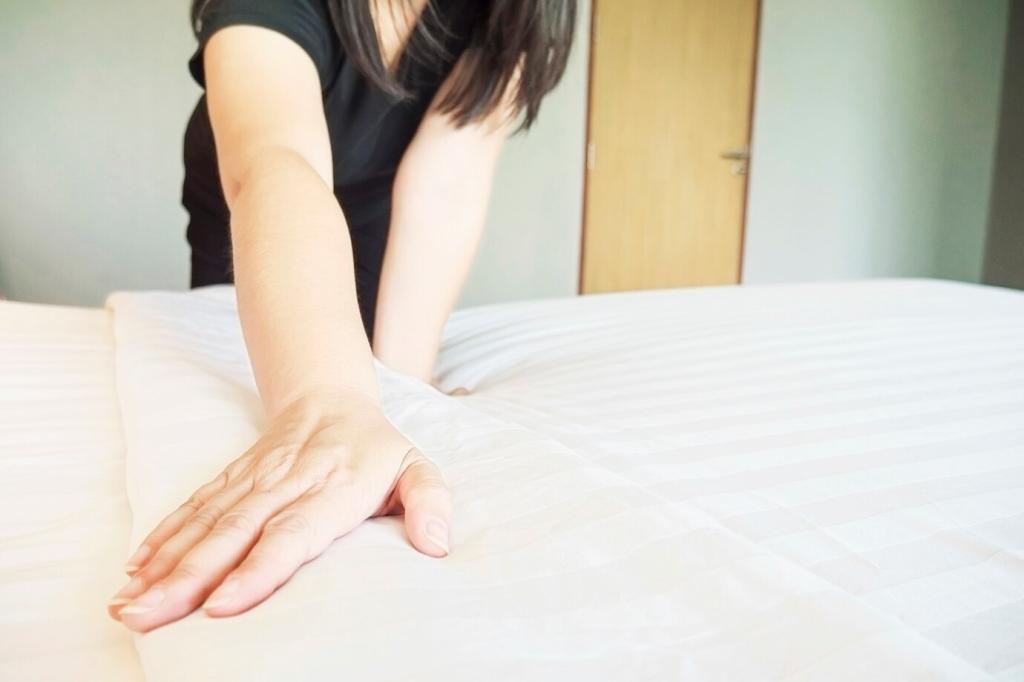
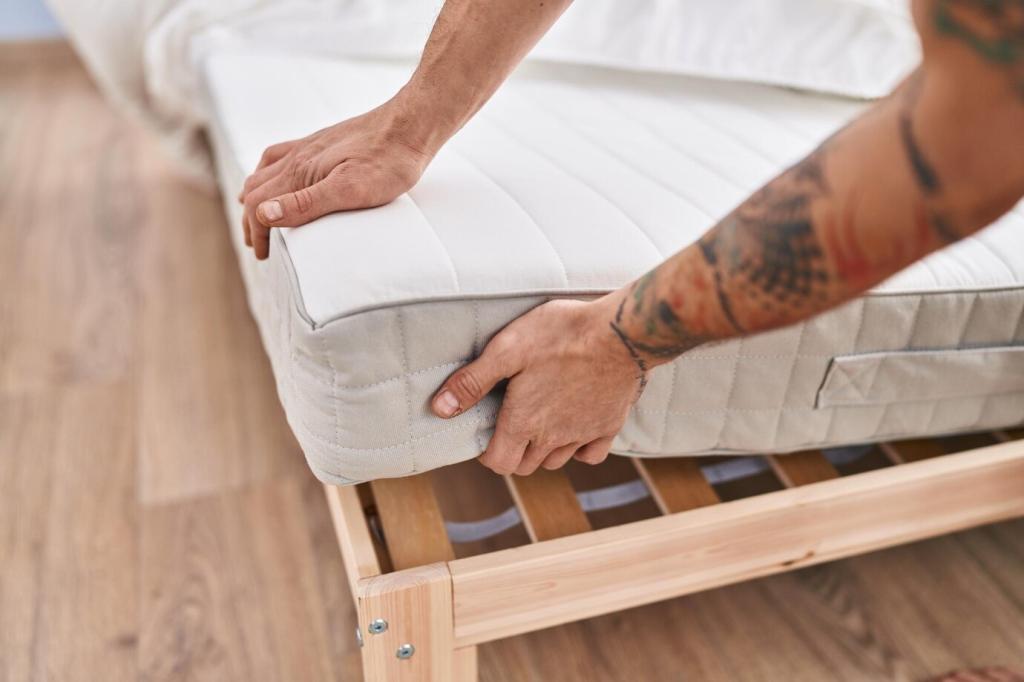
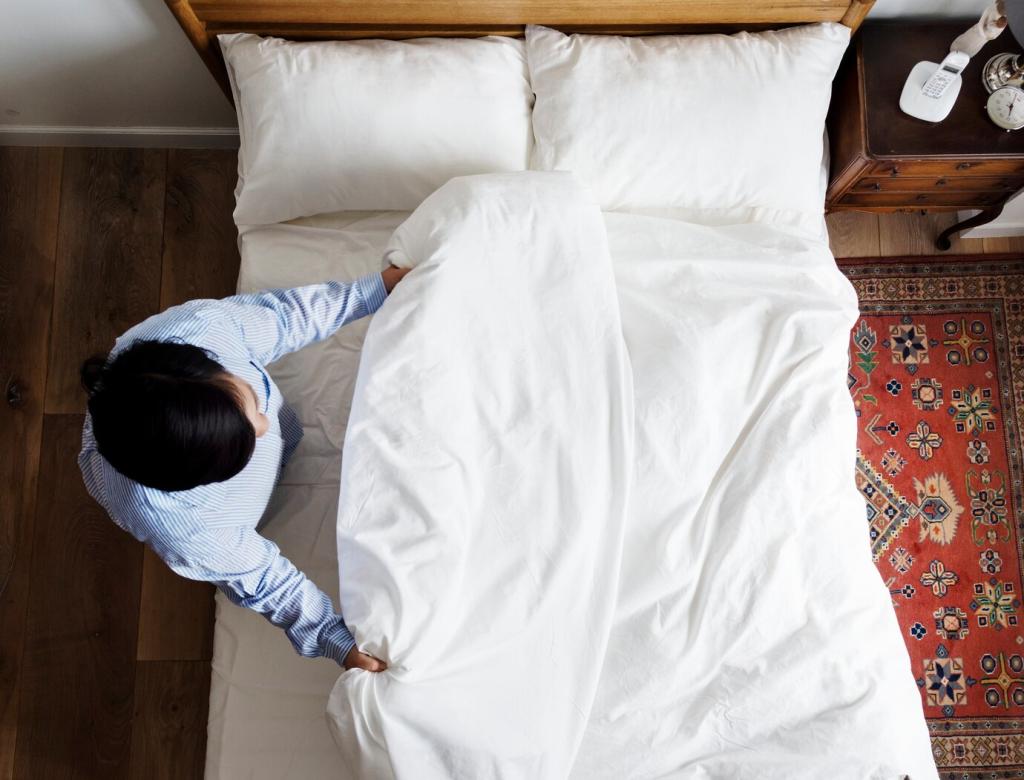
Drying, Ironing, and Steaming Without Sacrifice
Air drying preserves elasticity and luster, especially for silk and high‑thread‑count sateen. If using a dryer, select low heat and remove when slightly damp. Shake out gently to relax creases. This one step minimizes fiber fatigue and keeps edges from curling or thinning prematurely.
Iron cotton and linen while still faintly damp to smooth creases with less heat. Use a clean soleplate and a protective pressing cloth for delicate weaves. Steam from a slight distance to avoid water spots, and always test an inconspicuous corner before committing to full pressing.
Silk weakens when wet, so support the fabric while moving it from washer to drying rack. Avoid high heat and direct iron contact; a low‑temperature steamer restores drape beautifully. For sateen, use the lowest effective heat and press inside out to protect surface sheen from plate friction.
Everyday Habits to Prevent Wear and Tear
Keep nails and rough heels smooth, and remove jewelry with prongs that can snag. Even a small burr on a ring can pull a long float on sateen. One reader shared their “bedtime tray” ritual—emollient hand cream, ring dish, and a soft cotton robe—to save sleeves and sheets alike.

Everyday Habits to Prevent Wear and Tear
A high‑quality mattress protector and pillow protectors catch perspiration and body oils before they reach precious fibers. Choose breathable, non‑crinkly designs that won’t increase friction. Launder protectors more frequently than sheets, and you’ll notice fewer yellowing patches and less fiber stress over time.
Body Oils, Sweat, and Everyday Marks
Apply a gentle, enzyme‑free pre‑treatment for silk or use an enzyme formula only on cotton and linen. Blot, never rub. Soak in cool water with mild detergent, then launder on a gentle cycle. Persistence beats force; repeated short soaks protect yarn integrity while lifting discoloration gradually.
Protein Stains Like Blood or Milk
Cold water is essential, as heat sets protein. Blot with a mild solution and avoid enzymes for silk. For cotton, an enzyme soak can help—but rinse thoroughly. A reader once saved a pillowcase by chilling soda water first, then blotting patiently until the mark surrendered without scrubbing.
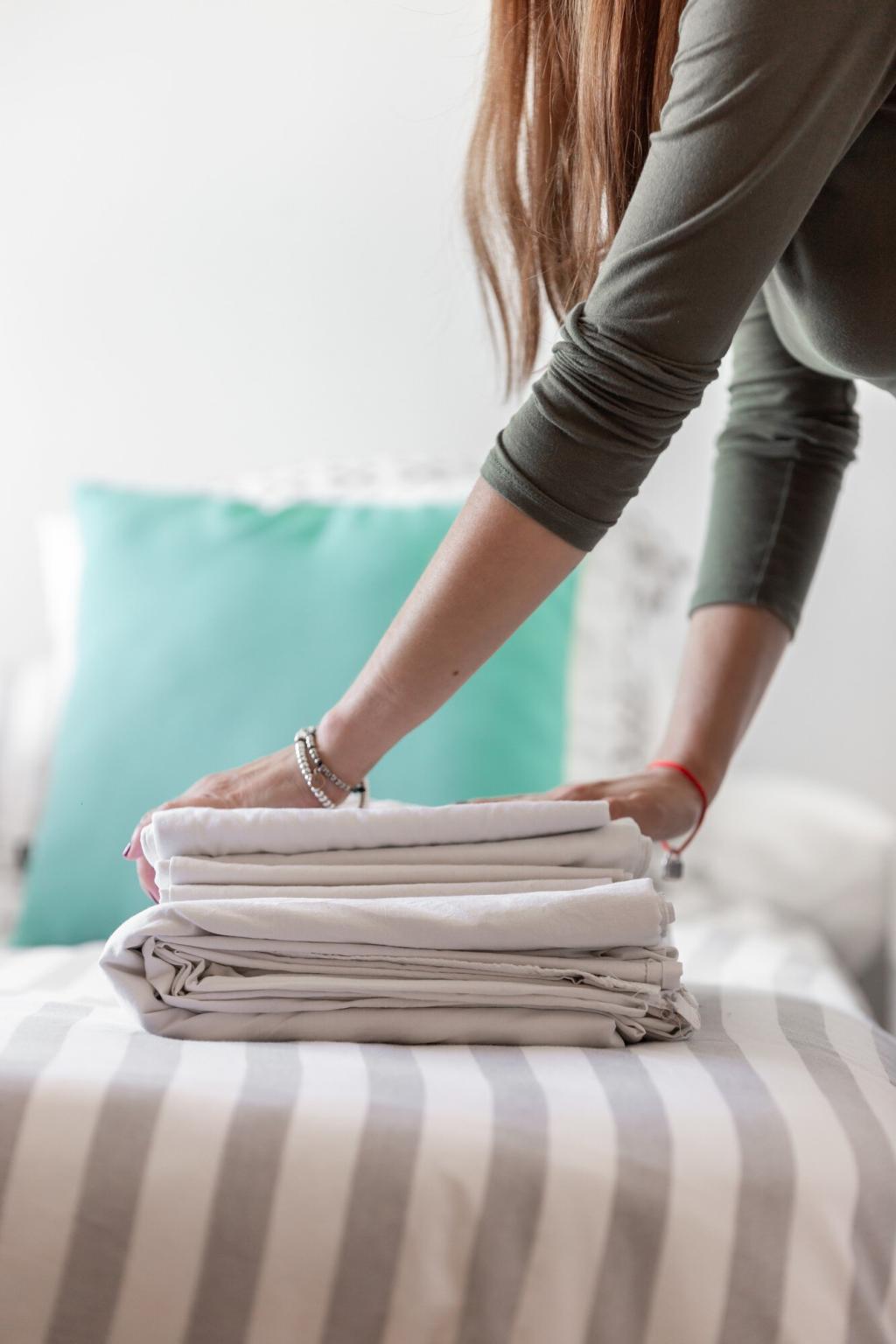
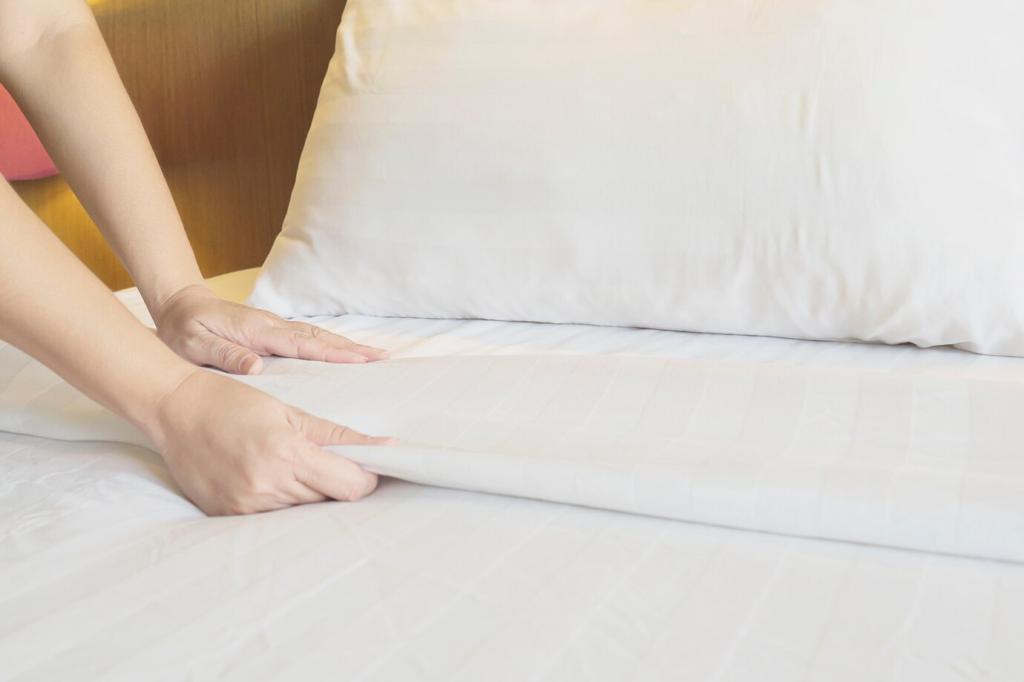

Join our mailing list
